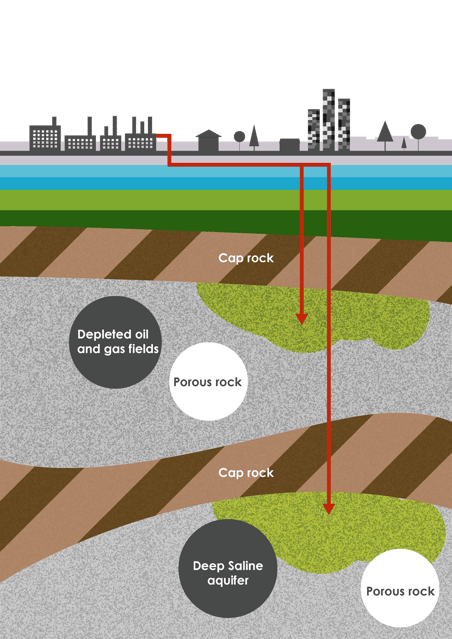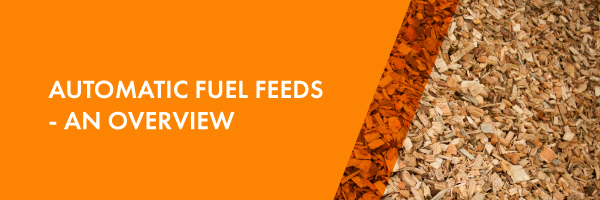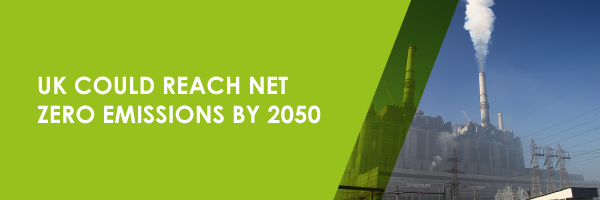
Spending Watchdog to examine scrapping of £1bn CCS plan.
Image copyright Shaw Renewables 2016
The National Audit Office is to investigate how George Osbourne’s scrapping of Carbon Capture and Storage Plan will affect taxpayer value for money. It has been revealed that the move to scrap the £1bn prototype CCS scheme cost the taxpayer at last £60m, Lisa Nandy, the Shadow energy and climate change secretary has said “The Chancellor’s sudden decision to abandon support for this cutting-edge technology after 10 years of promises hasn’t just damaged investor confidence at a time when we desperately need investment in our energy sector. It also means the millions and millions of pounds of taxpayer’s money has been simply wasted”.
“The costs to families and businesses of his short-sighted decision could yet be bigger still because without CCs it will be more expensive to cut emissions. This [National Audit Office] probe should uncover the full cost to the taxpayer of George Osborne’s broken promise.”
£22m of public money has been spent overall on carbon capture and storage (CCS) but ministers have admitted that they are still to decide what, if any, role it will play.
Citing cuts to financial subsidies as it’s deciding factor, Drax abandoned their carbon capture project in September 2015. The CEO Dorothy Thompson said “it was a very sad decision” and that Drax thought the project “still had a lot of potential”.
What is Carbon Capture and Storage?
Currently, coal generated power stations are unabated in their production, causing tons of harmful emissions to enter the atmosphere. When it comes in to effect the agreement will require that all coal burning power stations use carbon capture technology, which can capture as much as 90% of the carbon emissions created at these power stations.
How does carbon capture work?

There are several techniques for carbon capture, the image above illustrates the process of post-combustion carbon capture. The heat from the combustion of coal and air mixture generates steam, which drives a turbine and in turn electricity is generated. Carbon dioxide, water and nitrogen exit the boiler via a flue and is therefore called flue gas.
Small particles called “fly ash” are removed from the flue gas. Sulphur is also removed from the flue gas before it enters a co2 absorber where it is cooled with water.
The gas is then passed through a liquid sorbent, which reacts with and binds the CO2, removing it from the flue gas. Once the CO2 is captured the sorbent is moved to a desorber to be “regenerated”.
The CO2 is no longer bound to the sorbent and can be transported. To ensure the CO2 does not entire the atmosphere, it is now stored underground, using the natural process that has trapped CO2, oil and gas for millions of years.

Making use of the now depleted oil and gas fields and deep saline aquifer, layers of porous rock absorb liquid CO2. There are three natural trapping methods:
Residual trapping: injected CO2 becomes trapped in the tiny pores of the rocks and cannot move, even under pressure.
Dissolution trapping: this process sees a portion of CO2 dissolve into the surrounding water.
Mineral trapping: Some of the heavy CO2 rich water sinks to the bottom of the man made reservoir where it can react to form minerals.
The injected CO2 is trapped under layers of cap rock. The CO2 reservoirs are monitored at all times to ensure that there is no leakage and that surrounding plant and insect behaviour have behaving normally.




